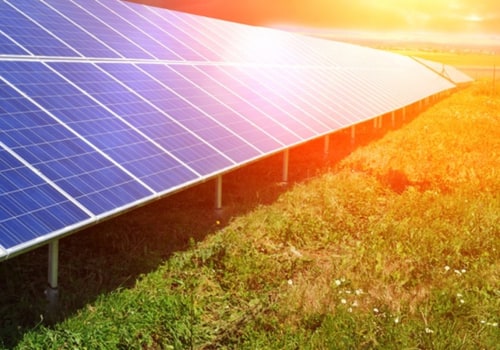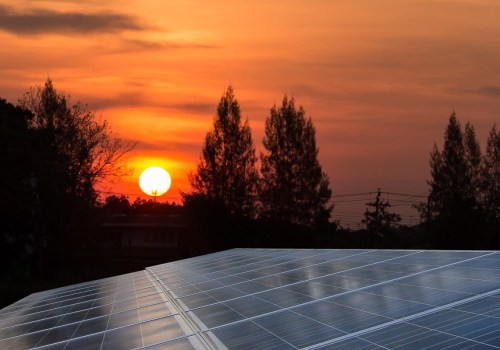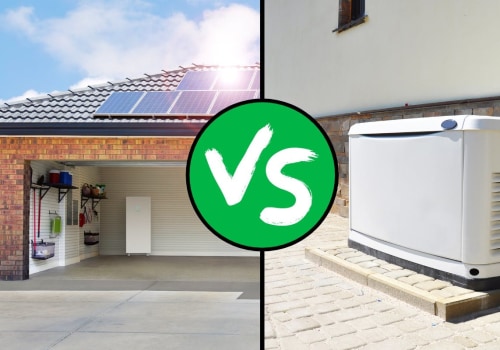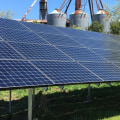Solar power has become an increasingly popular and practical solution for sustainable energy worldwide. As concerns about climate change grow and energy costs rise, many people are turning their attention to harnessing the sun's abundant energy. But what exactly is solar power, and how does it work? This comprehensive guide will introduce you to the basics of solar power, helping you understand the technology, benefits, and key components involved in capturing and using solar energy.
What is Solar Power?
Solar power refers to the process of converting sunlight into electricity or heat that can be used for residential, commercial, or industrial purposes. The sun emits an enormous amount of energy every second, and solar technology captures this energy to produce clean, renewable power. Unlike fossil fuels, solar power is sustainable and produces no harmful emissions during operation, making it an environmentally friendly choice.
How Does Solar Power Work?
At its core, solar power works by converting sunlight into usable energy through photovoltaic (PV) cells or solar thermal systems. The most common method involves photovoltaic cells made from semiconductor materials like silicon. When sunlight hits these cells, it excites electrons, generating an electric current. This direct current (DC) electricity is then converted to alternating current (AC) by an inverter, making it compatible with household appliances and the electrical grid.
Solar thermal systems, on the other hand, use sunlight to heat a fluid, which then produces steam or hot water for heating or power generation. Both methods harness solar energy, but photovoltaic solar panels are the most widespread for electricity production.
Key Components of a Solar Power System
Understanding the components involved in a solar power setup is essential for grasping how the technology functions:
- Solar Panels: These are made up of many photovoltaic cells that capture sunlight and convert it into electricity.
- Inverter: This device converts the DC electricity produced by the panels into AC electricity, which powers your home or business.
- Mounting System: Solar panels are mounted on rooftops or the ground using specialized racks designed to maximize sun exposure.
- Battery Storage (optional): Batteries store excess energy generated during sunny periods for use during the night or cloudy days, increasing energy independence.
- Monitoring System: Software or hardware that tracks the performance and energy production of the solar power system to ensure it operates efficiently.
Benefits of Solar Power
Solar energy offers numerous benefits beyond simply reducing your electric bill. Some of the most significant advantages include:
- Renewable and Sustainable: Solar power relies on sunlight, which is an infinite resource as long as the sun shines.
- Environmental Impact: It produces zero emissions during operation, helping to reduce carbon footprints and combat climate change.
- Energy Independence: Solar systems can decrease reliance on grid electricity and protect against rising utility rates.
- Low Operating Costs: Once installed, solar power systems require minimal maintenance and no fuel costs.
- Increased Property Value: Homes and businesses with solar installations tend to have higher market values.
- Job Creation: The solar industry supports a growing number of jobs in manufacturing, installation, and maintenance.
Types of Solar Power Systems
Solar power systems are generally classified into three main types based on how they interact with the electrical grid:
- Grid-Tied Systems: These systems are connected to the local utility grid. They allow users to feed excess electricity back to the grid and draw power when solar production is low.
- Off-Grid Systems: Completely independent of the utility grid, off-grid solar setups require batteries or other storage solutions to supply power when sunlight is not available.
- Hybrid Systems: Combining both grid-tied and off-grid features, hybrid systems use batteries and grid power, offering greater flexibility and backup power during outages.
How to Get Started with Solar Power
If you’re interested in adopting solar power, here are some steps to consider:
- Evaluate Your Energy Needs: Understand your current electricity usage and future goals to size your solar system appropriately.
- Assess Your Location: Solar efficiency depends on factors like roof orientation, shading, and climate. A site assessment can help determine suitability.
- Research Incentives and Policies: Many regions offer rebates, tax credits, or other incentives to reduce upfront costs.
- Choose the Right System Type: Decide whether grid-tied, off-grid, or hybrid systems best fit your lifestyle and budget.
- Consult Professionals: Work with certified solar installers and electricians to design and install your system safely and effectively.
- Monitor and Maintain: Regularly check system performance and clean panels as needed to maximize energy production.
Common Myths About Solar Power
Despite its growing popularity, some misconceptions about solar power still persist:
- Solar Panels Don’t Work in Cloudy Weather: While less efficient, solar panels still generate power on cloudy days.
- Solar Energy is Too Expensive: Costs have dropped dramatically in recent years, making solar accessible to many homeowners and businesses.
- Solar Panels Require a Lot of Maintenance: They generally need very little upkeep beyond occasional cleaning.
- Solar Power Isn’t Reliable: With proper design and battery backup, solar power can provide consistent energy supply.
The Future of Solar Power
The solar industry continues to innovate, making solar energy more efficient, affordable, and integrated into daily life. Emerging technologies such as advanced battery storage, solar windows, and building-integrated photovoltaics (BIPV) promise to expand the ways solar power can be used. As governments and organizations worldwide commit to reducing greenhouse gas emissions, solar power is poised to play a critical role in the global energy transition.
Conclusion
Solar power represents a clean, renewable energy source that offers numerous environmental and economic benefits. By understanding the basics of how solar energy works, the key system components, and the types of solar installations, you can make informed decisions about adopting solar technology. Whether for your home or business, solar power is an investment in a sustainable future with the potential to reduce energy costs, increase property value, and contribute to a healthier planet.
Exploring solar power options today can put you on a path toward energy independence and environmental stewardship for years to come.











